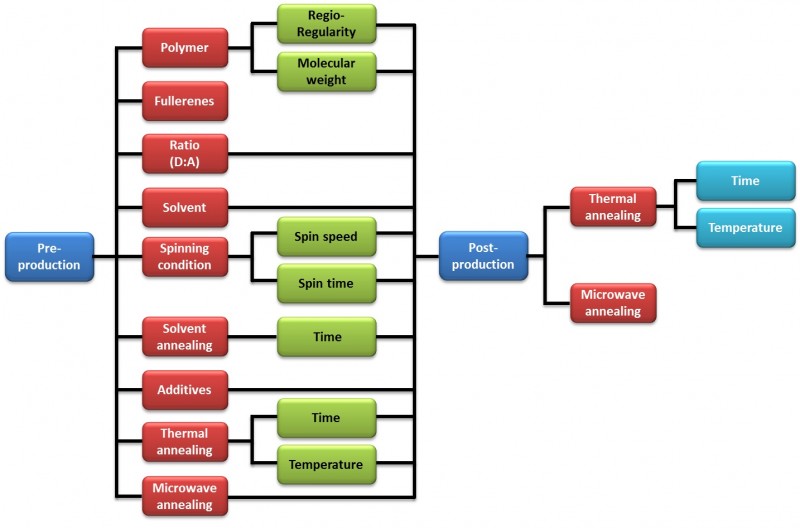+PROFITABLE +EFFECTIVE +RESISTANT
Currently, solar cells are based on inorganic semiconductors and while their performance is attractive, they are expensive to produce and offer little versatility. Polymer cells, meanwhile, are: inexpensive to produce, lighter, less fragile, and potentially flexible.
The challenge lies in increasing the service life of these cells, i.e., maintaining their properties during their life cycle to ensure their industrial future. Two key factors will enable this: the use of high purity donor-acceptor components and mastery of the structure that results from the fabrication process.
Solaris Chem Inc. and Prof. Wuest have contributed their know-how to develop this new generation of cells. Prof. L’Espérance has brought in his expertise in order to characterize the cells. Their work resulted in:
- the production of high purity donor-acceptor pairs forming the cell (π-conjugated polymer conductors and fullerene derivatives)
- the fabrication of cells from these polymers
- the characterization of resulting structures and their implication on efficiency.
Tomorrow’s energy is being developed today.
RESEARCHERS
Prof. G. L’Espérance (École Polytechnique), P.-L. Brunner and Prof. J.D. Wuest (Université de Montréal)
COMPANY
Solaris Chem Inc.
